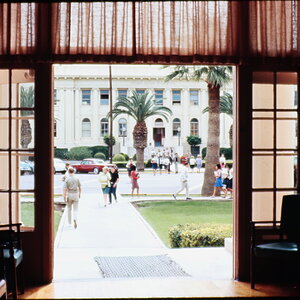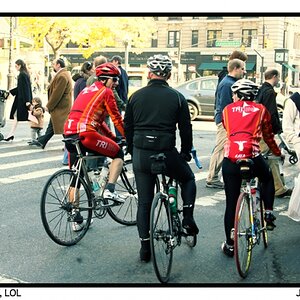tomculver
TPF Noob!
- Joined
- Jan 13, 2012
- Messages
- 7
- Reaction score
- 0
- Location
- Boone, NC
- Can others edit my Photos
- Photos OK to edit
I've been experimenting with tone mapping on old digital photos that were unusable because of their lack of contrast, etc. What do you think of this? Before you could hardly make out what was in the pic.
http://www.tomculverphotography.com...Streams/i-VdvQr3r/1/L/Gulf-Coast-Swanee-L.jpg
http://www.tomculverphotography.com...Streams/i-VdvQr3r/1/L/Gulf-Coast-Swanee-L.jpg





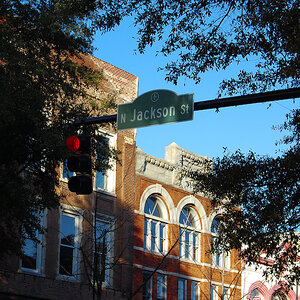
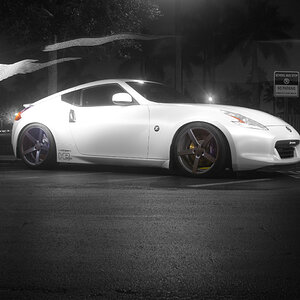
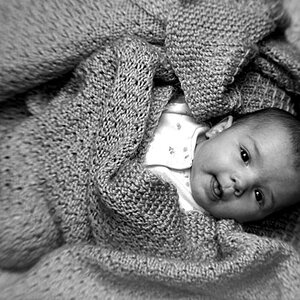
![[No title]](/data/xfmg/thumbnail/32/32926-ec27ecead8c80d803404500d8f888dbf.jpg?1619735754)
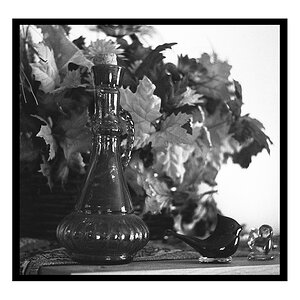
![[No title]](/data/xfmg/thumbnail/36/36421-843e629a8c32ff091e337e6880f0c323.jpg?1619737565)
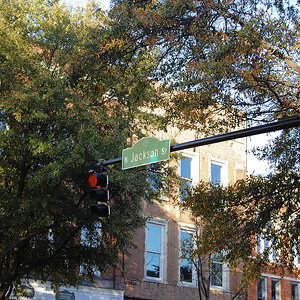
![[No title]](/data/xfmg/thumbnail/32/32929-22e23acc63d6ecb25e5ee941be87121f.jpg?1619735758)


